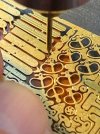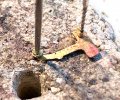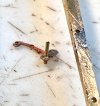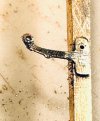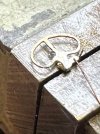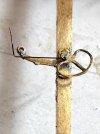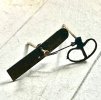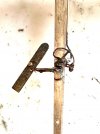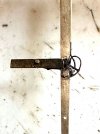Suffolk Dave
Western Thunderer
Nice work,Tim. Inspirational, in fact!
There was an intermediate re-signalling at KX & BI in 1922. The colour light signalling scheme was a 1930s development. One would presume that the alternative banner sign would say ‘MAIN’. I can’t see our Pullman train going into the ‘LOCAL’ platforms.That is interesting - a 3 position upper quadrant signal (with a rule 55 track circuit indicator) amid all the the lower quadrant signals.
Then into a rabbit hole as I initially thought it would be a Westinghouse product. This signal was produced by the British Power Railway Signal Company Ltd which was a division of GD Peters and Co. Turns out they also provided 3 position ground shunt signals for the SECR at Victoria.
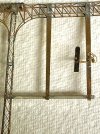
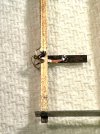
That's fascinating. I've got a still unfinished EM version of AR Walkley's "OO Gauge Portable Goods Yard" that I think I was writing up on RMweb rather a long time ago, although I suppose the photos will be long gone. It's interesting to see what he was up to 10 years later.Mick Nicholson has sent me this fascinating MRN article from 1935.
